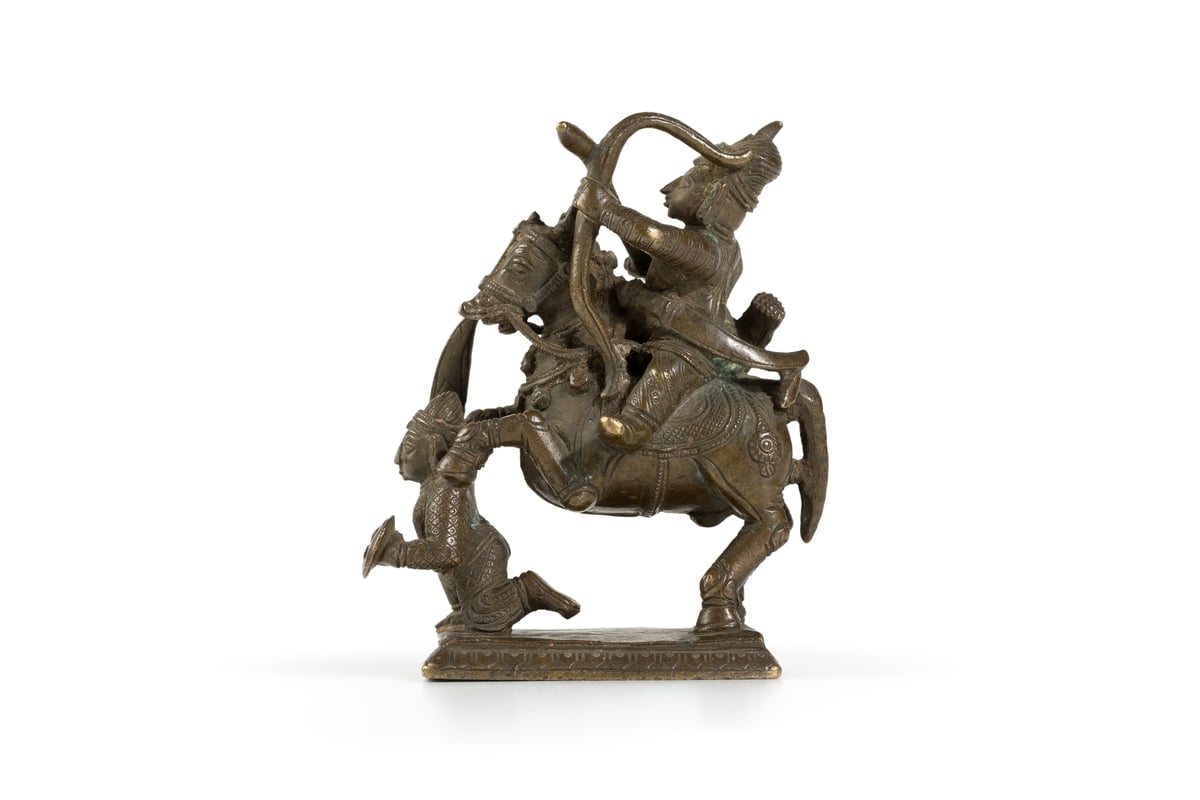You need to learn the basics,
Do it yourself before telling others to.
Get the basic knowledge that cannons had been used in field warfare
for 300 years before Babur's invasion, in Europe & Middle east. And Indians had had interaction with Chinese & Ottomans for centuries!.. Despite that fact both Rajput & Afgans had completely ignored any sort of adoption of gunpowder weapons... just like they & their predecessors had done with siege engines, non-firearm artillery, elephant armour, field fortifications etc.
Sing whatever lullabies to yourself that might help you sleep better, but do not expect them to be taken seriously (or as historically significant).
2nd Battle of Tarain- Night raid in the early morning
Battle of Khanwa- Gunpowder
Battle of Haldighati- Outnumeredness (as the initial charge routed Mughal vangaurds)
Battle of Chandawar- Jaychandra was killed, which confused his entire ranks
That sounds like Pakis making excuses after Balakot or Kashmir.
If the enemy army is able to carry out night raid on you with your pants down,
that makes you inferior.
If any enemy was technologically ahead of you by a generation because you failed to adapt,
that makes you inferior.
If you are stupid enough to give pitched battle to a numerically superior enemy on open valley instead of fortifications or atleast rocky hill-top,
that makes you inferior.
If you fail to unite against a stronger enemy & manage to get yourself killed in battle because you did not have a proper officer system to whom you could delegate a charge,
that makes you inferior.
They failed because their men had inferior training, inferior armour, inferior tactics & inferior technologies.
Valour is one element. Not even their Mughal or Turkic foes denied it... but they also recognised that these people were stupid enough to completely ignore other elements like
troop training, tactics,
technology,
armour,
organisational structure, etc.
Indians (not just Rajputs) had always have the source of fascination with the old. It's like a curse!.. Every foreigner who carved their way into India caught this disease.
Mughals were no different. By the time of Jahangir they too gpt their asses kicked by Safavids (...who were not that strong BTW. Ottomans bitch-slapped them off half their empire, only decades ago.)



 I have read about Battles of Khatoli & Dholpur. Have you read what happened to the same Rana Sanga when he tried the same "mindless charge by greatest horsemen" against Babur at Khanwa, despite having twice the numbers this time?
I have read about Battles of Khatoli & Dholpur. Have you read what happened to the same Rana Sanga when he tried the same "mindless charge by greatest horsemen" against Babur at Khanwa, despite having twice the numbers this time? India, Afghanistan, China, Middle-East was a vibrant trade route and there was plenty of interaction & ambassador exchange... Even Babur's cannons were borrowed from Ottomans when he had only Kabul left. Mewar or Delhi weren't that much farther.
India, Afghanistan, China, Middle-East was a vibrant trade route and there was plenty of interaction & ambassador exchange... Even Babur's cannons were borrowed from Ottomans when he had only Kabul left. Mewar or Delhi weren't that much farther.